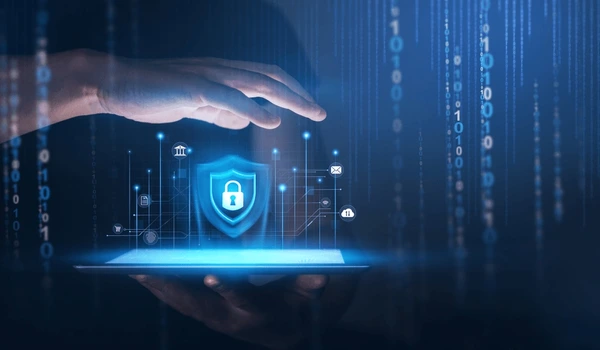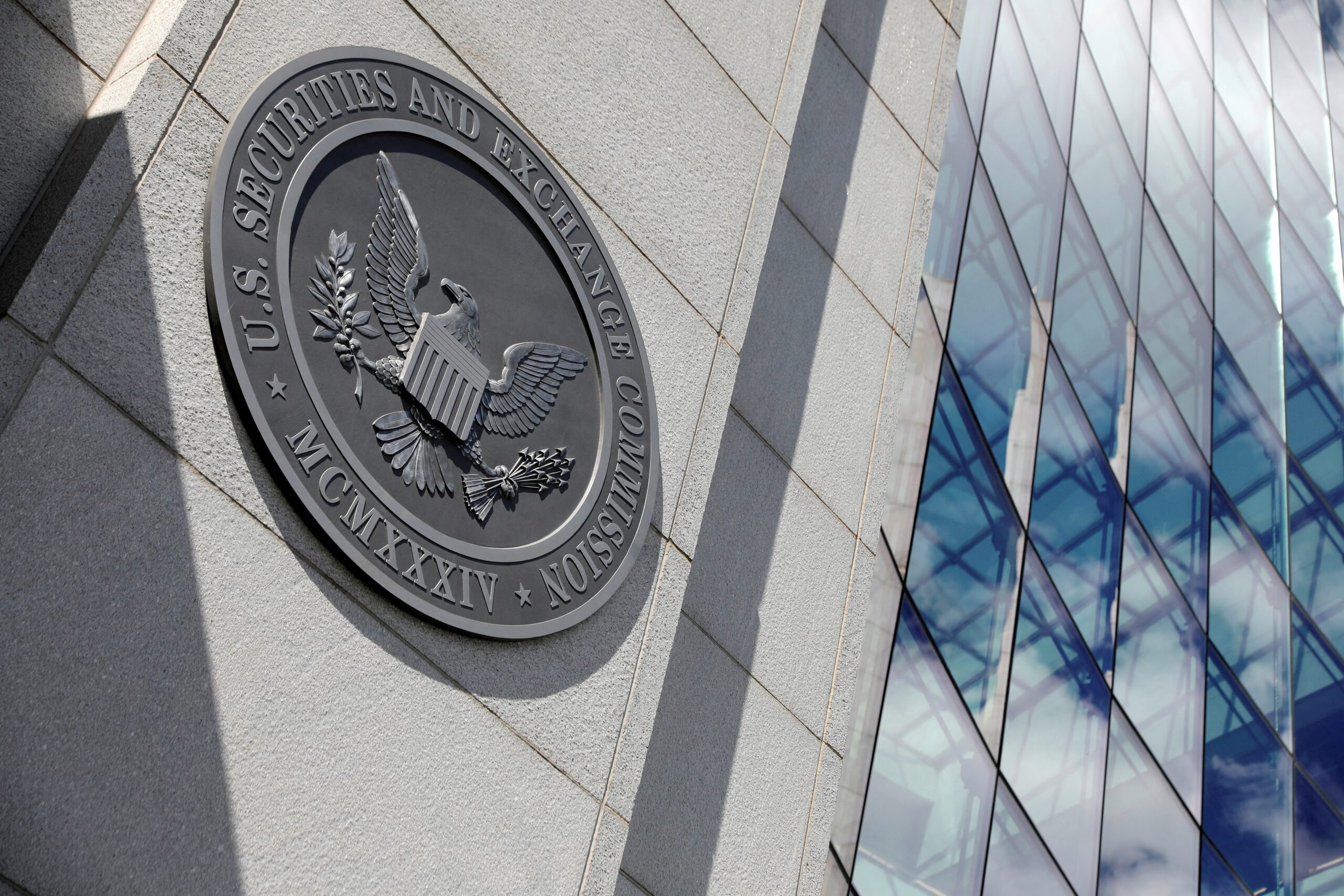In today’s digital landscape, where websites and applications serve as the backbone of business operations and customer interactions, ensuring robust security has never been more crucial. Cyber threats are constantly evolving, and the consequences of a security breach can be devastating, ranging from financial losses to reputational damage. In this blog post, we’ll explore the importance of website and application security and provide essential strategies and best practices to protect your digital assets.
Common Cyber Threats
- Malware and Ransomware: Malicious software that can compromise systems, steal sensitive data, or encrypt files for ransom.
- Phishing Attacks: Deceptive emails or messages that trick users into revealing confidential information or credentials.
- SQL Injection: An attack technique that targets databases through vulnerable input fields, allowing unauthorized access to data.
- Cross-Site Scripting (XSS): A method where attackers inject malicious scripts into web pages viewed by other users.
The Cost of Security Breaches
- Financial Impact: Data breaches can result in significant financial losses due to fines, legal fees, and business disruptions.
- Reputation Damage: Loss of customer trust and negative publicity can have long-lasting effects on a brand’s reputation.
Implement Strong Authentication and Access Controls
- Multi-Factor Authentication (MFA): Require multiple forms of verification to enhance user authentication and prevent unauthorized access.
- Role-Based Access Control (RBAC): Limit user access to only the information and functions necessary for their role.
Regularly Update and Patch Software
- Stay Current: Keep all software, plugins, and frameworks up to date to protect against known vulnerabilities.
- Automate Patches: Use automated tools to deploy security patches promptly across all systems.
Conduct Vulnerability Assessments and Penetration Testing
- Regular Testing: Perform regular vulnerability assessments and penetration testing to identify and address security weaknesses.
- Third-Party Audits: Consider engaging external security experts to conduct comprehensive security audits.
Encrypt Sensitive Data
- Data Encryption: Use strong encryption protocols to protect data both in transit and at rest.
- Secure Communication Channels: Implement HTTPS and SSL/TLS protocols to ensure secure communication between users and servers.
Develop a Robust Incident Response Plan
- Prepare for Breaches: Establish a clear incident response plan to quickly detect, respond to, and recover from security incidents.
- Regular Drills: Conduct regular security drills to ensure all team members are familiar with the response procedures.
Educate and Train Employees
- Security Awareness: Conduct regular training sessions to educate employees about security best practices and phishing attack prevention.
- Security Policies: Develop and enforce security policies that outline acceptable use and data protection guidelines.
Artificial Intelligence and Machine Learning
- Threat Detection: AI and machine learning technologies are increasingly used to detect and respond to cyber threats in real time.
- Behavioral Analysis: These technologies analyze user behavior to identify anomalies and potential security threats.
Zero Trust Architecture
- Trust No One: Zero Trust is a security model that requires verification of every user and device attempting to access resources, regardless of location.
- Continuous Monitoring: Implement continuous monitoring and verification of user activity to prevent unauthorized access.
Conclusion: In an era where cyber threats are ever-present, prioritizing website and application security is essential for businesses of all sizes. By understanding the threat landscape, implementing best practices, and staying informed about emerging security trends, organizations can significantly reduce their risk of cyberattacks and protect their digital assets. Remember, security is an ongoing process that requires vigilance, adaptation, and commitment.








Leave a Reply